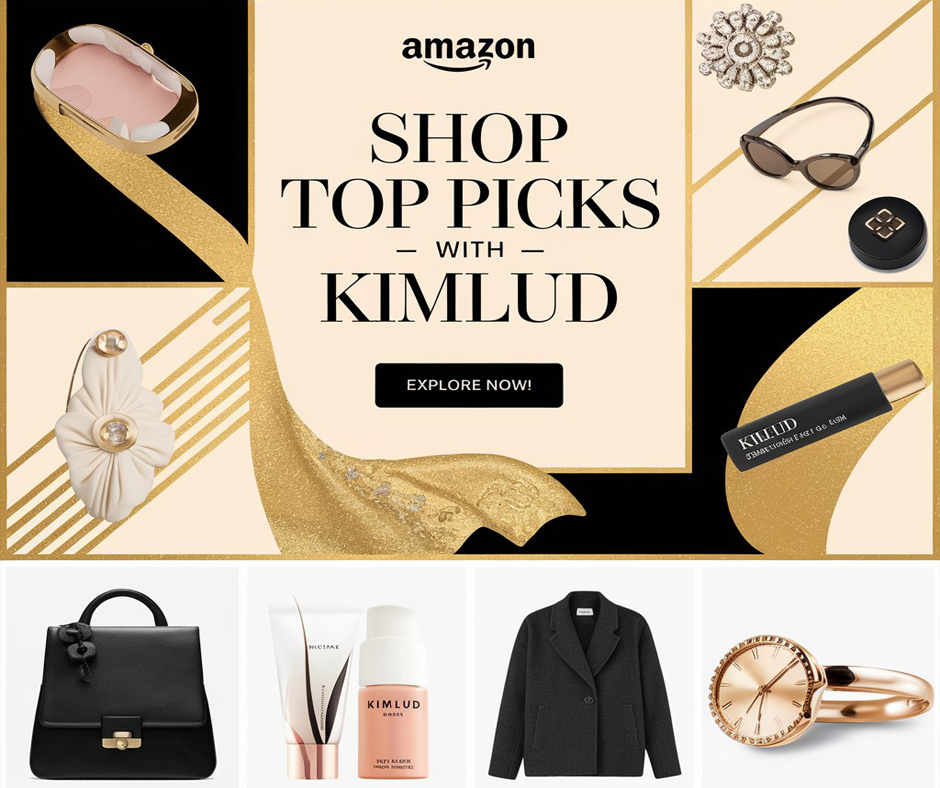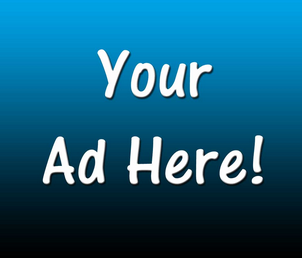How to Measure ROI on Your Influencer Marketing Campaigns
In today’s digital landscape, influencer marketing has evolved into a powerful tool for brands striving to reach their target audience effectively. However, understanding the return on investment (ROI) of these campaigns is crucial to maximizing their impact. In this comprehensive guide, we’ll delve into various methods to measure ROI on your influencer marketing initiatives, including key performance indicators, practical tips, and real-life case studies.
What is ROI in Influencer Marketing?
ROI, or Return on Investment, is a key metric that helps businesses evaluate the efficiency of an investment relative to its costs. In the context of influencer marketing,measuring ROI involves assessing the financial return you receive from your campaigns against the money spent.
Why Measuring ROI is Essential
- Justification of Budget: Knowing the ROI helps in justifying your marketing budget and resource allocation.
- Improving Campaign Strategies: Understanding what works and what doesn’t allows you to refine your strategies.
- Enhancing Partnerships: A clear ROI measurement fosters better relationships with influencers.
Key Metrics for Measuring ROI
To evaluate the ROI of your influencer marketing campaigns effectively, consider the following metrics:
- Engagement Rate: Measures likes, shares, comments, and overall interaction with content.
- Reach and Impressions: Determine how many potential customers were exposed to your content.
- Conversion Rate: Tracks how many users took a desired action (e.g., making a purchase) after clicking through an influencer’s link.
- Cost Per Acquisition (CPA): Calculates how much it costs to acquire a new customer through influencer campaigns.
- Return on Ad Spend (ROAS): A metric that evaluates the effectiveness of promotional spend in generating revenue.
Calculating ROI: The Basic Formula
The basic formula for calculating ROI in influencer marketing is as follows:
| Metric | formula |
|---|---|
| ROI | (Net Profit from Campaign – Campaign Cost) / Campaign Cost x 100 |
practical Tips to Enhance ROI Measurement
Here are some actionable tips to measure and improve the ROI of your influencer marketing campaigns:
- Set Clear Objectives: Determine what you want to achieve with each campaign (e.g., brand awareness, lead generation).
- Use Tracking Links: Implement UTM parameters or unique discount codes for accurate tracking of conversions.
- Leverage Analytics Tools: Use tools like Google Analytics, social media insights, or specialized influencer marketing platforms to gather data.
- monitor Brand Sentiment: Evaluate how the campaign affects public perception of your brand.
Case Studies: Successful Influencer Campaigns
Let’s examine a few case studies showcasing how brands successfully measured their ROI from influencer marketing:
Case Study 1: Beauty Brand
A beauty brand collaborated with an influencer for a product launch. By tracking engagement,conversions,and using UTM links,they discovered a CPA of $15,leading to a total ROI of 300% on their $10,000 campaign budget.
Case Study 2: Fitness Product
A fitness product company launched a campaign with several micro-influencers. They measured engagement and sales attributed to influencer promotions, yielding a 400% ROI, largely thanks to high engagement rates and shared values between influencers and their audience.
Common Challenges in Measuring ROI
Several challenges may impede the measurement of ROI, including:
- Lack of Standard Metrics: Varying definitions and methods of measurement can lead to confusion.
- Influencer Authenticity: The credibility of influencers can affect campaign effectiveness and results.
- Data Limitations: Insufficient access to actionable data can hinder accurate assessments.
Conclusion: Making Data-Driven Decisions
Measuring ROI on your influencer marketing campaigns is crucial for ensuring that your investment is yielding positive results. By focusing on the right metrics, implementing solid strategies, and learning from successful case studies, you can create effective campaigns that deliver important returns. As the influencer marketing landscape continues to evolve, staying informed and adaptable is key to achieving sustained success.


















